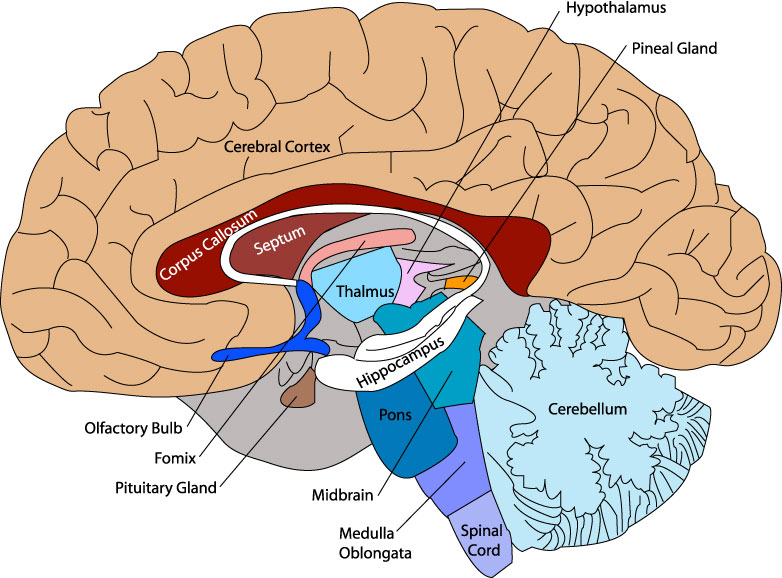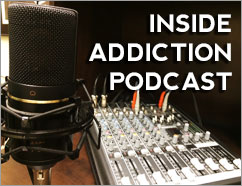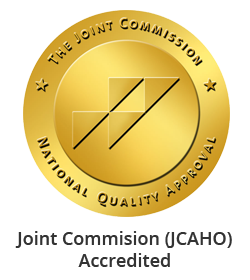Opioid dependence and addiction is a growing problem in the United States that involves compulsive use despite dangerous and legal consequences. It ruins lives, wreaks havoc on families, destroys personal and professional relationships and, more often than we’d like to believe, ends up fatal.
The Centers For Disease Control and Prevention (CDC) declared in 2013 that addiction to prescription painkillers is an epidemic and is responsible for 60 percent of fatal drug overdoses. The subsequent “crackdown” on opioids left many patients with no alternative other than turning to the black market for their painkillers and, in the absence of drugs like OxyContin, moving to heroin.
Withdrawal from opioid painkillers is very painful, and one of the main reasons addicted individuals are terrified of getting off the drugs.
Opioid Painkiller Withdrawal Symptoms Include:
- Relentless abdominal pain
- Anxiety, agitation and extreme depression
- Frequent nausea and vomiting
- Irregular and rapid heartbeat
- Heavy sweating
- Hot and cold flashes
- Extended insomnia
- Muscle cramping and pain
New evidence has revealed that the manufacturers of OxyContin, one of the most powerful opioid painkillers available, misled medical officials and the public about the drug’s addictive qualities, in effect destroying the lives of thousands of unsuspecting patients.
After years of legal stalls and appeals, Kentucky, a state devastated by OxyContin addiction, might get Purdue Pharma, the maker of the drug, in court. The company is no stranger to lawsuits. In 2007, executives at Purdue pled guilty in federal court to charges that they “misled doctors and patients about the addictive properties of OxyContin and misbranded the product as ‘abuse resistant.'”
Purdue was forced to pay $600 million in fines, a tiny portion of the billions of dollars it’s made since the painkiller’s release in 1996. In 2013, nearly 7 years after the first lawsuit, The L.A. Times reported that Purdue kept a database of physicians who recklessly prescribed its product, continued to profit from the sale of the drug and never reported the wrongdoing to law enforcement.
Kentucky has charged the company with 12 claims, including medical fraud, false advertisement, unjust enrichment and punitive damages. It seems, however, that little is being done to help repair the lives of people who unwittingly became addicted to OxyContin. Recently, the state government reported that Kentucky has higher rates of past-year illicit use of opioid painkillers than all other states in the United States.
Treatment for OxyContin and other opioid addictions can be effective. Because withdrawal from these drugs is potentially dangerous, physicians and medical professionals should continually monitor patients. After withdrawal, the psychological addiction must be addressed through therapy. Patients and their counselors should work together to identify any underlying causes for addiction, such as issues of depression, anxiety or bipolar disorder.
Early intervention for anyone showing signs of addiction to opioids, or any other drug, is recommended. Waiting until someone is “ready” for recovery can be harmful because the addiction will only deepen and the chances of overdose increase. While the debate about big pharma’s role in our country’s opioid epidemic rages on, getting healthy, staying sober and living free of addiction should be the main focus.







